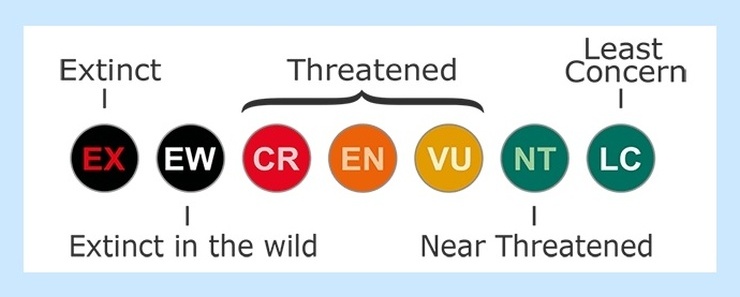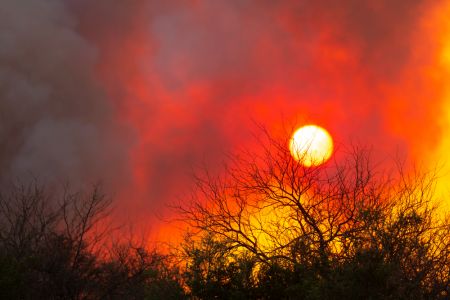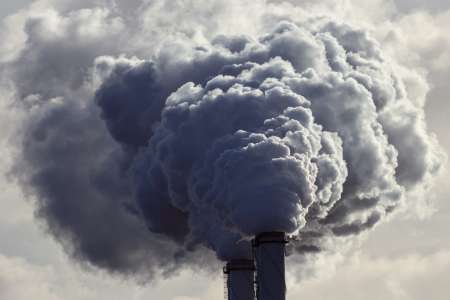Learn Why the IUCN Red List Is So Important
By providing a comprehensive resource for increasing awareness about the critical importance of biodiversity and the various threats that endanger species worldwide, The Red List plays a crucial role in environmental and species biodiversity conservation.
06/17/2024

What Is the IUCN and Its Red List?
Established in 1948 as a global organization devoted to conserving nature, beginning in 1964, the International Union for Conservation of Nature (IUCN) established The Red List as a comprehensive global listing of endangered statuses of plants, fungi, and animal species. It is widely recognized as the most authoritative guide to the status of biological diversity and serves as a critical tool for identifying and prioritizing extinction risks of species that are most in need of conservation action.
The Red List evaluates the species’ extinction risk into nine categories, as shown below:

Nine categories of The IUCN Red List species. CC BY SA 4.0. Aeroid via Wikimedia Commons
The risks are defined as:
- Extinct (EX): There is no reasonable doubt that the last individual has died.
- Extinct in the Wild (EW): When it is known only to survive in cultivation, in captivity, or as a naturalized population (or populations) well outside the past range.
- Critically Endangered (CR): Species face an extremely high risk of extinction in the wild.
- Endangered (EN): Species face a very high risk of extinction in the wild.
- Vulnerable (VU): Species face a high risk of extinction in the wild.
- Near Threatened (NT): Species are likely to qualify for a threatened category in the near future.
- Least Concern (LC): Species do not qualify for Near Threatened, Vulnerable, Endangered, and Critically Endangered.
- Data Deficient (DD): When there is inadequate information to make a direct or indirect assessment of its risk of extinction based on its distribution and population status.
- Not Evaluated (NE): Species are not published on the IUCN Red List.
Of the nine categories, based on their threat levels, the Red List categorizes species into seven that are of concern, from possibly at the least risk of becoming extinct to when they are actually extinct. A species enters the list as Least Concern (LC) and is considered to have a stable population that is not considered at risk of extinction but needs monitoring. Further monitoring will establish if it remains in this category or progresses through them into the Threatened or Extinct categories.

Seven conservation categories for different threat levels of species. CC BY 2.5. Peter Halasz via Wikimedia Commons
How Does the IUCN Evaluate a Species?
The process of evaluating a species for inclusion on the Red List begins with a thorough assessment of its biology, distribution, and population status. The criteria consider factors such as population size, range, and rate of decline, as well as the level of threat from human activities and the species’ ability to adapt to changing environmental conditions. This information is then used to determine the species’ conservation status using criteria developed by the IUCN.
One of the key strengths of The Red List is its ability to identify species that are at high risk of extinction. Once this is established, the information is used to prioritize conservation efforts and allocate resources where they are most needed. A species classified as Critically Endangered is considered at a higher risk of extinction than a species classified as Vulnerable and, therefore, will require more urgent conservation action to prevent further population declines.
In Conclusion
The IUCN Red List is a crucial worldwide tool for identifying and prioritizing species most needing conservation action. It serves as an invaluable resource for conservation efforts and raising awareness about the importance of biodiversity and the threats facing species worldwide. Their extraordinary efforts deserve our support.




















